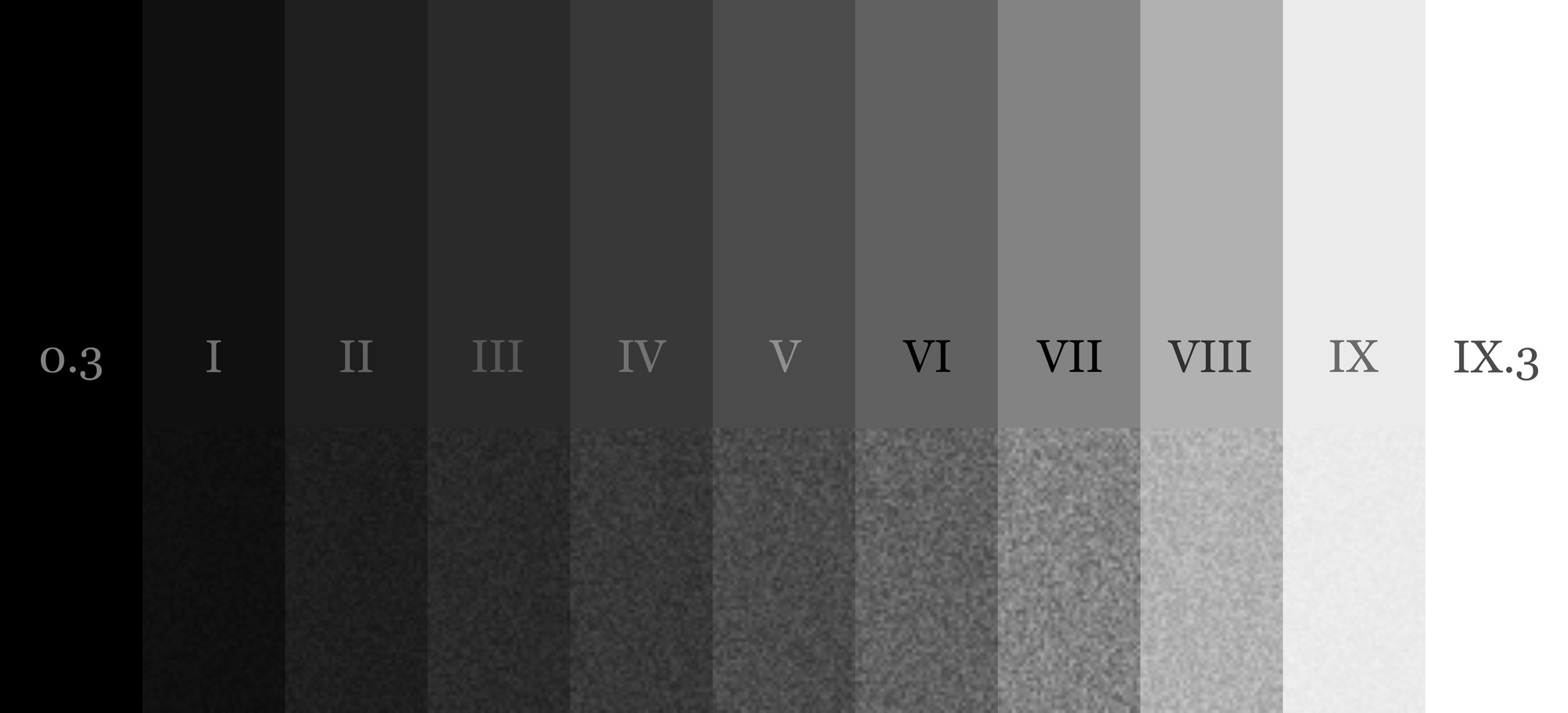Film Review: AgfaPhoto APX 400 (Pt. 2)
Giving AgfaPhoto APX400 a second try, this time rating it at ISO 800—without pushing in development. The results are surprisingly good.

Last time, I shot my first roll of APX 400, and although I liked what I got, I was also rather surprised that my shots were overexposed. I figured there were a few possible explanations:
- Over developed. Unlikely because the contrast was low.
- Slow shutter. Unlikely because the camera I used produced fine shots with other film stocks.
- Bad meter. Unlikely because the meter I used produced fine shots with other film stocks and cameras.
- The film is actually faster than the box speed. Unlikely because who does that? Yeah, manufacturers will sometimes overstate the speed of their film, but who understates it? Also, why hasn’t anyone else noticed this yet?
So, I set out to sort out the issue. Spoiler: The film is faster than ISO 400—at least, the way I process it. Probably much closer to ISO 640 or even ISO 800.
How did I reach this conclusion? Science? Math? A little art? And a trusted spotmeter.
Methodology
Here is the question I want to answer: What speed is AgfaPhoto APX 400 given my exposure, developer, and development style?
Metering & Shooting
The film, aside from two test shots below, was rated at ISO 800, and metered with either a Pentax Spotmeter V (for the test shots), or with Crown + Flint (on the street).
All shots were made with a recently CLA’d Canon P. Test shots were taken with the excellent Canon 50mm f/1.4 lens.
Development
I developed the film normally (no push development, i.e. the development time you would use if shot at box speed) in Adox XT-3, 1+1 dilution, 20º, 12 minutes, with my usual agitation schedule. Just the same as I used on my last roll.
I’m going to write up the full methodology that I am now employing in another post later this week. But here is a short version. I created a target image on my computer, with gray patches corresponding to the Zone System—that is, each patch is one stop brighter or darker than the one next to it—all carefully calibrated by hand using a spot meter.

The goal here is to then look at the blacks produced, to find the “tow” of the film, the darkest shadows that still render as something other than pure black. Zone 0 (which for technical reasons I won’t go into here I wasn’t actually able to reproduce in the image) should be pure black, without texture. Zone I should show slight tonality without texture—that is, you should be able to distinguish it from Zone 0, but only just. This is an oversimplification for a host of reasons, but it will get us where we need to for now, which is answering the the above question.
So I took photos of the test image I created, using a Pentax Spotmeter V to meter at Zone V (measured EV100: 6) at ISO 200, 400, and 800. Here are the results. Let’s look at where the blacks fall.



What do these images reveal? Without putting too fine a point on it, it’s significantly faster than ISO 200, and definitely faster than ISO 400. Maybe it reaches ISO 800.
Here’s how we know. Look at Zone 0.3 and Zone I in each image. Zone 0.3 should be nearly full black (because Zone 0 should be completely black), and Zone I should be just a shade lighter than black. At ISO 200, Zone 0.3 is quite bright (and, although it has been cropped out, the junk around my monitor—totally unlit, and hence should be darker than black—shows up with a good amount of detail). At ISO 400, there is still quite a lot of tonality at Zone 0.3 (though the cropped-out junk is now rendering very close to but not quite at full black).
Only at ISO 800 does the film stop registering nearly all detail at 0.3. And Zone I, although it is hard to tell in the image above, is definitely a shade brighter, with hints of detail in the grain structure—clearly just barely above the film’s sensitivity threshold. So, as I understand how film speed is determined, the problem with the first roll I shot is that APX 400 is actually ISO 800 speed film.
There is something else interesting that this test reveals. I do not know if it is a failing of the test procedure, or of the film itself. But just as Zone I is meant to be very near black with no texture, Zone IX is meant to be very near white with no texture. But as you can see above, Zone IX is nowhere near white, and I know (from inspecting the fully fogged leader) that the film is capable of much richer whites. Probably it just has a very gently sloping shoulder. Anyway, this is not difficult to deal with, but it is interesting to note.
Real World Results
Most of the images I captured on this roll turned out generally well exposed, but there were a number of under-exposed frames. The contrast was too flat for my taste on most of the images, but this was easily corrected with some small adjustments to the curves.
You might also notice some glow in many of the images. This might be because (at least, so I’ve been told) APX 400 doesn’t have an anti-halation layer. But the lens I’m using, a Kyoei W.Acall 35mm f/3.5, definitely has a distinct glow to its rendering.

















Conclusion
AgfaPhoto APX 400 is a weird film to wrap my head around. But it is growing on me. I need to shoot more, much more. I’ve got one more roll left in my freezer…and I’m going to push it to 3200. I can’t wait to see how that roll turns out. Ilford HP5 plus renders beautifully at 3200, and will be tough to dethrone.
But I am definitely looking forward to shooting more APX 400. Now, if only they made it in 120…
Show your support
If you enjoyed reading this, I encourage you to consider purchasing a book or print to show your support. And if you're into analog photography, check out my new mobile app Crown + Flint.

